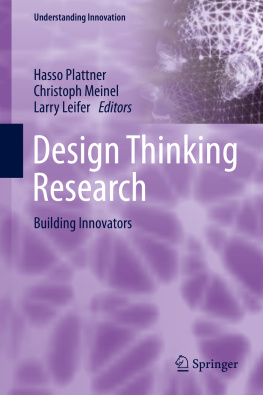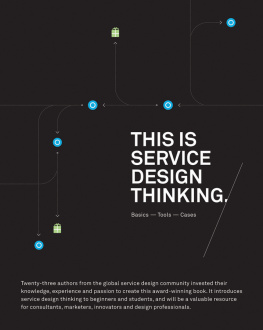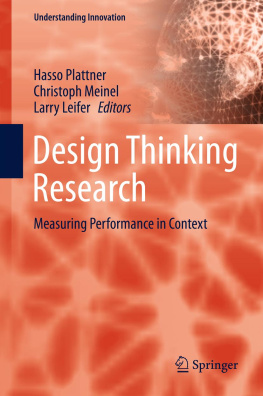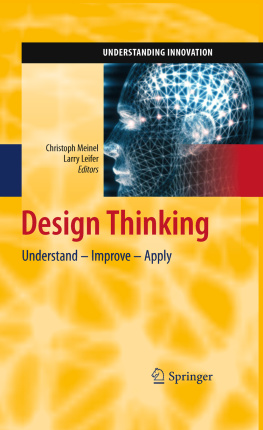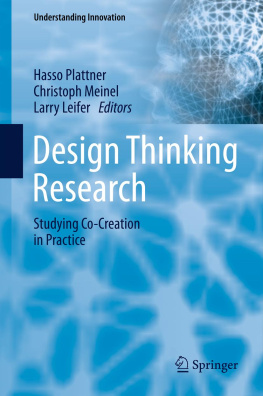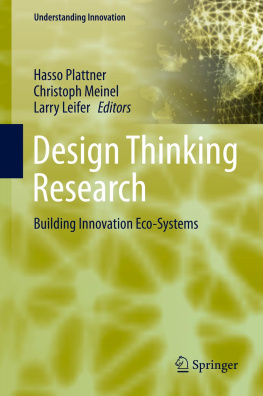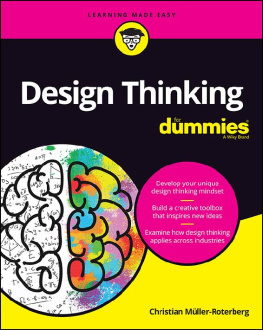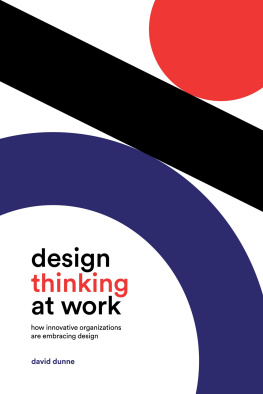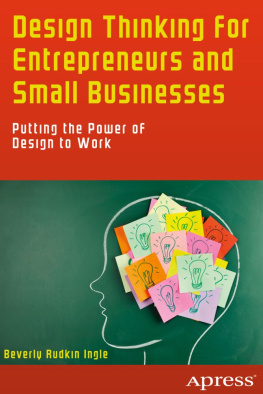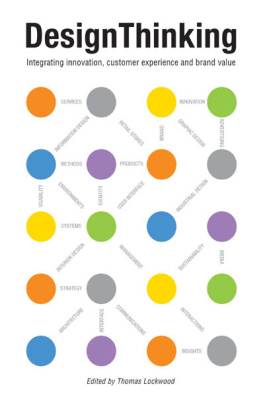Is It Really About Building People?
There is mounting evidence that the engineering design thinking paradigm works when applied with diligence and insight, but is it really only about products and services? While profits are typically associated with goods and services, we really must ask, who made that happen? Who was responsible for their conception and implementation? Are we too pre-occupied with the innovation when the real story is about the innovators?
Design thinking is mainly about building innovators who can use the design thinking paradigm to transform ideas into reality, to transform organization, and to transform all aspects of life.
When hunting for the next big idea the journey to the solution is initially undefined. Every hunt has its unique path, and those who take it learn and discover the unknown. They have to find their way by reading the context, observing and interpreting the signals, understanding and making choices. People indeed face many challenges during their innovation journey. The path is constantly changing as are the activities and roles people play. Thus, we have to find out how are and how can people be best prepared and equipped for a successful journey.
In this volume, we seek to re-focus the attention of the reader on the human innovators. While the design thinking paradigm has always been about people, we are often distracted by the pursuit of big product ideas versus big people. In this phrasing, we seek to get beyond ideas to the creative diligence required to transform ideas into realities: real companies, real products and services and real organizational transformation. Building on Volume 4 of this series, Building Innovation Eco-Systems, we will retain the structure of Design Thinking Rules while transforming the conversation to focus on the design requirements for the people we build.
What Are the Rules for Building Design Thinkers Who Innovate?
We have evidence (Ju et al. ) supporting the role of several design thinking activities that have long been considered important, but were too often perceived through the lens of the product and service versus those who create them. Of these, the over-arching truth lies in the fact that every physical product and/or service is actually owned by the people who make it a reality.
The rules of design thinking are actually the design requirements for the behavior of innovators. The challenge and goal of this introductory section is to formulate some new rules for design thinking and to translate them into the design requirements for building innovators.
I. The Human Rule
All innovator activity is ultimately social in nature. Never go hunting alone.
Our studies substantiate the assertion that successful innovation through design thinking will always bring us back to the human-centric point of view . This is the imperative to solve technical problems in ways that satisfy human needs and acknowledge the human element in all technologies and organizations. The innovators we build must have and implement this core value and behavior.
To find big ideas we have to learn how to hunt again. Hunting is all about the people we hunt with. However, we are in a system that is based on individuals, just as education is focused on individuals. But a team is necessary. Go hunting with a team that is diverse and agile. People are the most valuable asset in the design process.
Innovator Design Requirements for the Human Rule
Be aware that every human eco-system is unique, as is every business scenario. Thus, observe and document your context carefully. Where are you hunting? Deeply internalize to keep people at the center of all things:
Cover the walls with images of people you seek to actualize. Celebrate their successes and failures.
Preserve the human scale. Forget the organization scale and focus on the innovation teamtypically 34 core individuals who are co-creating over time.
Envision how the last big innovator in your eco-system delivered winning products and services with empathy-in-action.
Strive to become an expert, maybe an Olympian example of empathy-in-action; for yourself and others.
II. The Ambiguity Rule
Innovators must preserve ambiguity. Never go home with a lone idea.
There is no chance for your organization to discover your contribution if you only have one idea. Innovation demands experimentation at the limits of your knowledge, at the limits of your ability to control events, and with the freedom for you to see things differently. The innovators we build must always be in a rebuilding mode.
The hunting path for the big idea might be long and the ambiguity sometimes frustratingbut we need ambiguity. This is how we design possibilities to create alternative futures. We want a future with more ambiguity and more options. Keep hunting with ambiguitythe next big idea is just around the corner.
Innovator Requirements for the Ambiguity Rule
Keep track of assumptions.
Place them boldly in your design space for every constraint you are coping with.
List a competing opportunity.
Check your thinking: are you looking for the global fix, or, are you keenly aware that most everything in design and business is context dependent.
Take time to define the problem and solutions space context.
Understand the user.
III. The Re-design Rule
All innovation is re-innovation. Who is the innovator that preceded you?
The human needs that we seek to satisfy have been with us for millennia. When looking to the future it is always helpful to look to the past. How did people hunt in the past? Try to understand them, learn from them. Never leave them out of your consideration. Through time and evolution there have been many provisionally successful innovators. Do you know who they are and how they got there? Because technology and social circumstances change constantly, it is imperative to understand how needs have been addressed in the past and by whom. Then we can apply foresight tools and methods to better estimate the social and technical conditions we will encounter 5, 10, 20 years from now.
Innovator Requirements for the Re-design Rule
Hunting is hard work. Taking it home is harder and more dangerous. Nothing beats a prepared mind.
Be sure your team is well informed about the history of organizational change and context. How did others effect change? How did they circumnavigate the skeptics? In which ways did they satisfy needs?
List the pros and consconcentrate on the former.
Take advantage of foresight thinking tools and the foresight playbook.
IV. The Tangible Rule
Make innovation tangible. Make your innovator story tangible.
Communication within the hunting team is crucialbeing tangible is essential because we have to learn rapidly in order to produce well. Make ideas tangible and learn from them. Communicate via prototypes. Conceptual prototyping has been a central activity in design thinking during the entire period of our research, yet it is only in the past few years that we have come to realize that prototypes are tangible stories . Seen as stories, we now have fresh insights regarding the nature of their structure, their narrative and the suspense and surprise they deliver. We are also mindful of the listeners context, the user. The make it tangible rule becomes, make it a good story .

